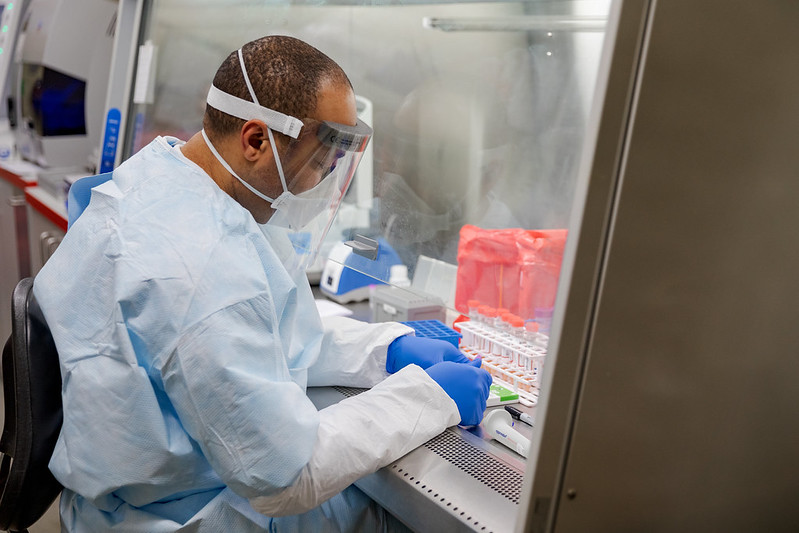Paycheck Protection Program and Healthcare Enhancement Act (PPP and HCE Act) Provides More Aid Funding

Courtesy Governor Tom Wolf, Flickr
On April 24, 2020, the House of Representatives signed the Paycheck Protection Program and Health Care Enhancement Act (the “PPP and HCE Act” or “Act”) into law. Here are some highlights regarding this new $484 billion Act.
Paycheck Protection Program Gets More Funding
The PPP and HCE Act includes $310 billion in additional funding for the SBA Paycheck Protection Program (the “PPP”). The House also included provisions to help smaller businesses who may be more likely to seek aid from smaller lenders. Therefore, of this $310 billion, the SBA will direct $60 billion to smaller lenders, credit unions, and community banks:
- $30 billion to lenders with assets valued at less than $10 billion, and
- $30 billion for lenders with assets between $10 and $50 billion.
Besides the additional funding to the PPP, there are no changes to the program itself. The eligible loan amounts remain the same as do program requirements. The PPP will stop taking applications on June 30, 2020, although analysts do not anticipate the additional $310 billion to last two weeks. Some commentators believe the funds will dry up in just two days.
There were a plethora of applications that were still pending when the funding ran out. These older applications in the pipeline will likely be received and funded before any new applications. Demand for this program is high: the SBA already guaranteed 1 million PPP loans, and the overall average loan size was $206,000.
If you wish to apply for a PPP loan, you must do so now.
A lot of borrowers have asked for guidance on the forgiveness aspect of the PPP, and more direction is coming shortly. Analysts anticipate that the SBA will issue guidance for PPP forgiveness this week.
SBA Economic Injury Disaster Loan Program Gets More Funding
In addition to re-funding the PPP, the PPP and HCE Act adds $60 billion in funds to the depleted SBA Economic Injury Disaster Loan and grant program (the “EIDL”). Of these EIDL funds, the SBA will direct $10 billion towards emergency grants of up to $10,000 per borrower and the remaining $50 billion to fund loans through the EIDL.
If a borrower receives a grant through this program, the SBA will not require them to repay it.
This Act also permits agricultural enterprises to apply for EIDL funds. Under prior law, they were generally not permitted to apply.
Hospitals Receive Money for Funding and Testing
While it would be easy to focus on the small business loans that were provided the lion’s share of this Act’s funding, the House also allotted significant financing for healthcare purposes.
The PPP and HCE Act allocates the sum of $75 billion to the U.S. Department of Health and Human Services (the “HHS”) to reimburse providers for the cost of treating COVID-19 patients, including the diagnosis, testing, and treatment of those inflicted.
The Act also authorizes an additional $25 billion to develop and implement a national plan regarding testing protocols for COVD-19.
These testing funds will be provided to states and localities in addition to the CDC and the National Institutes of Health. The $25 billion is not only for the testing and contact tracing for COVID-19 but also for the screening for possible immunity.
